I am trying to write a crossword solver I have got this code but I can't Understand some parts of it:
size(5).
black(1,3).
black(2,3).
black(3,2).
black(4,3).
black(5,1).
black(5,5).
words([do,ore,ma,lis,ur,as,po, so,pirus, oker,al,adam, ik]) .
:- use_module(library(lists),[nth1/3, select/3]).
crossword(Puzzle) :-
words(WordList),
word2chars(WordList,CharsList),
make_empty_words(EmptyWords) ,
fill_in(CharsList,EmptyWords),
word2chars(Puzzle,EmptyWords).
word2chars([],[]).
word2chars([Word|RestWords] ,[Chars|RestChars] ) :-
atom_chars(Word,Chars),
word2chars(RestWords,RestChars).
fill_in([],[]).
fill_in([Word|RestWords],Puzzle) :-
select(Word,Puzzle,RestPuzzle),
fill_in(RestWords,RestPuzzle).
make_empty_words(EmptyWords) :-
size(Size),
make_puzzle(Size,Puzzle),
findall(black(I,J),black(I,J),Blacks) ,
fillblacks(Blacks,Puzzle),
empty_words(Puzzle,EmptyWords).
make_puzzle(Size,Puzzle) :-
length(Puzzle,Size),
make_lines(Puzzle,Size).
make_lines([],_).
make_lines([L|Ls],Size) :-
length(L,Size),
make_lines(Ls,Size).
fillblacks([],_).
fillblacks([black(I,J)|Blacks],Puzzle) :-
nth1(I,Puzzle,LineI),
nth1(J,LineI,black),
fillblacks(Blacks,Puzzle).
empty_words(Puzzle,EmptyWords) :-
empty_words(Puzzle,EmptyWords,TailEmptyWords),
size(Size),
transpose(Size,Puzzle,[],TransposedPuzzle),
empty_words(TransposedPuzzle,TailEmptyWords,[] ).
empty_words([],Es,Es).
empty_words([L|Ls],Es,EsTail) :-
empty_words_on_one_line(L,Es,Es1) ,
empty_words(Ls,Es1,EsTail).
empty_words_on_one_line([], Tail, Tail).
empty_words_on_one_line([V1,V2|L],[[V1,V2|Vars]|R],Tail) :-
var(V1), var(V2), !,
more_empty(L,RestL,Vars),
empty_words_on_one_line(RestL,R,Tail) .
empty_words_on_one_line([_| RestL],R, Tail) :-
empty_words_on_one_line(RestL,R,Tail) .
more_empty([],[],[]).
more_empty([V|R],RestL,Vars) :-
( var(V) ->
Vars = [V|RestVars],
more_empty(R,RestL,RestVars)
;
RestL = R,
Vars = []
).
transpose(N,Puzzle,Acc,TransposedPuzzle) :-
( N == 0 ->
TransposedPuzzle = Acc
;
nth_elements(N,Puzzle,OneVert),
M is N - 1,
transpose(M,Puzzle,[OneVert|Acc], TransposedPuzzle)
).
nth_elements(_,[],[]).
nth_elements(N,[X|R],[NthX| S]) :-
nth1(N,X,NthX),
nth_elements(N,R,S).
This code is used for solving crosswords like this:


What are symbols ; -> used for?
My main problem is understanding the rules , transpose and more_empty. Any explanation to help me understand the code would be appreciated.